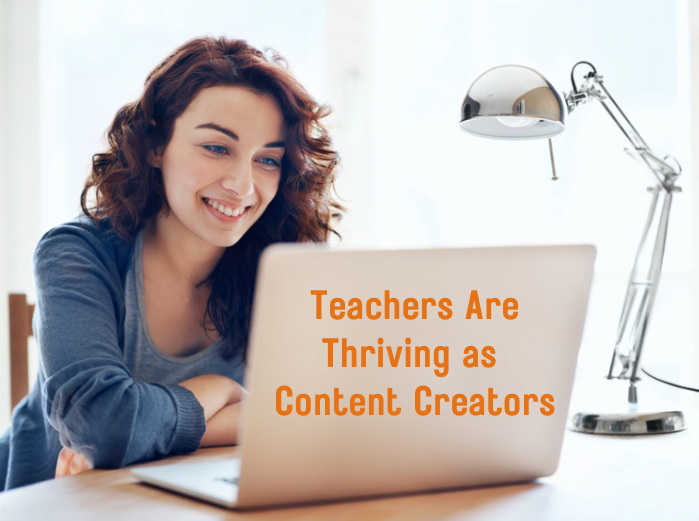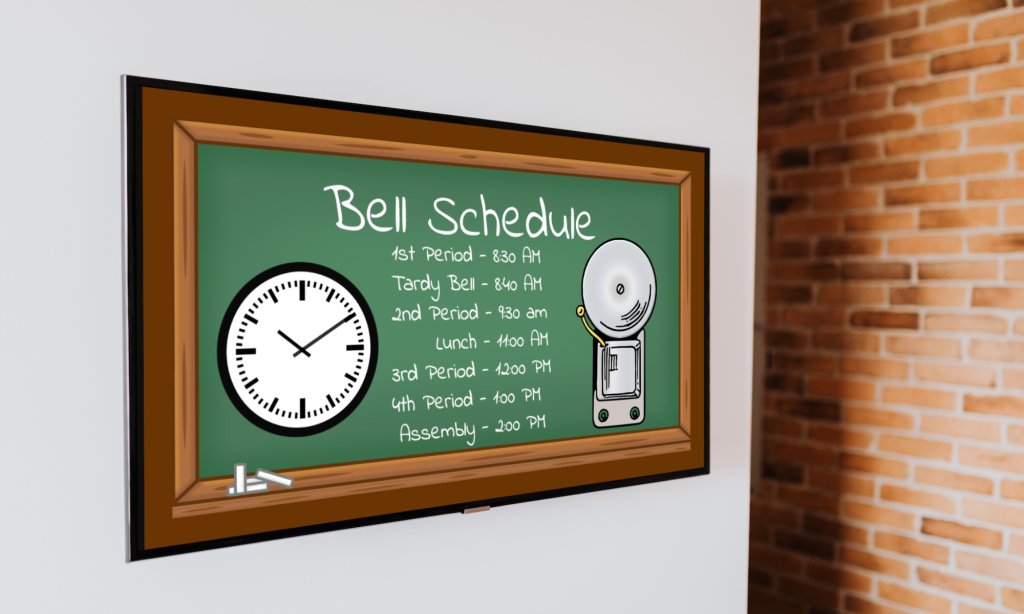
As rapidly increasing technological advances allow us to give more students access to quality educational materials, the world of education is undergoing a digital transformation. The media-rich environment in which we live requires educators to strongly consider what digital assets will be most effective in their teaching. Even those educators who resisted technology in the past have now become users, adopters, and creators, as they were forced into the deep end of digital instruction during the COVID years.
Now that schools are back to in-person teaching, many educators are finding that digital content remains an important part of their classrooms and curriculum. Being able to create and manage that content is high on the priority list, thus giving teachers the ability to easily modify content as needed for individual students. In this process of creating digital educational materials, teachers are finding they are not just surviving– they are thriving! Here are seven benefits to creating your own content:
- Ability to reach more students: If you create your own digital content, you can in effect “clone” yourself and reach more students. Have you ever been frustrated that you cannot be in multiple places at one time? When you create lessons, activities, and enrichment resources students can access online, they can engage with you while you are working with others or even at home.
- Differentiation: By creating your own content, you can tailor the material to the specific needs and interests of your students. You can adjust the content to be more engaging, relevant, and accessible to your students, which can lead to better learning outcomes.
- Customizable to teaching style: Every teacher has a unique teaching style, and creating your own content allows you to design materials that align with your teaching approach. You can incorporate your own strategies, techniques, and examples that you know work well with your students.
- More cost-effective: Creating your own content can save you money in the long run. You can reuse and adapt materials across multiple classes and semesters, rather than relying on expensive pre-made workbooks or other resources.
- More control over content: When you create your own content, you have more control over the content’s accuracy and quality. You can ensure that the material is up-to-date and aligned with your curriculum and standards. This can also give you a greater sense of ownership over your teaching and your students’ learning.
- Promotes creativity and innovation: Creating your own content can be a creative and rewarding experience. It can challenge you to think outside the box, try new ideas, and innovate in your teaching practices. This can lead to more engaging and effective teaching methods, which can benefit both you and your students alike.
- Provides Transparency: When you create digital content and post it online parents can access your materials and more easily support their student at home.
Teachers are now content creators with students as their target audience. Your personal brand is your classroom culture, the feel and style of the curriculum you create, and the unique way you interact with your students. Technology can help you foster stronger relationships with students. It is you they want to interact with most.
Although the benefits are clear, sometimes it is just not worth the cost, as teachers are exhausted and have little extra time. But teachers have always been content creators. They are some of the most prolific creatives, constantly designing new assignments, activities, processes, and ways to connect with students. It just hasn’t been so digital. The following are some fundamental ways to make content creation efficient and sustainable:
- Embrace your LMS (Learning Management System). Examples are Google Classroom, Canvas, and Schoology. An LMS is a digital classroom. It is where you establish rules, post assignments, keep grades, and store courses for semesters to come, etc.
- Use a K-12 educational media management system like MyVRSpot. This platform helps you organize, store, collaborate, and share all your educational media materials. Additionally, you can create content with their digital creation and instructional tools, such as audio/video/screen recorders, video and image editors, and html project designer. They even integrate with your LMS. No more digital chaos!
- Collaborate with colleagues. No need to reinvent the wheel or do all the same work in separate silos. Get with your content team and PLCs to divide and conquer.
- Collaborate with students. Let them help you with content. Let them be influencers, personalities, and instructors. They are good at it, and it helps them learn.
- Share your content (and your students’ content) with parents and your community. This furthers your brand as a teacher, your school’s brand, and your district’s brand. And besides, grandparents love it!
The role of teacher as content creator is here to stay. We could use a class or two on this subject in our teacher preparation programs. But no matter where you are in your teaching career, you can thrive at creating and disseminating the content you are passionate about teaching. Because, although digital transformation is a reality, technology is only a means to the end, which is engaged, transformational learning.





